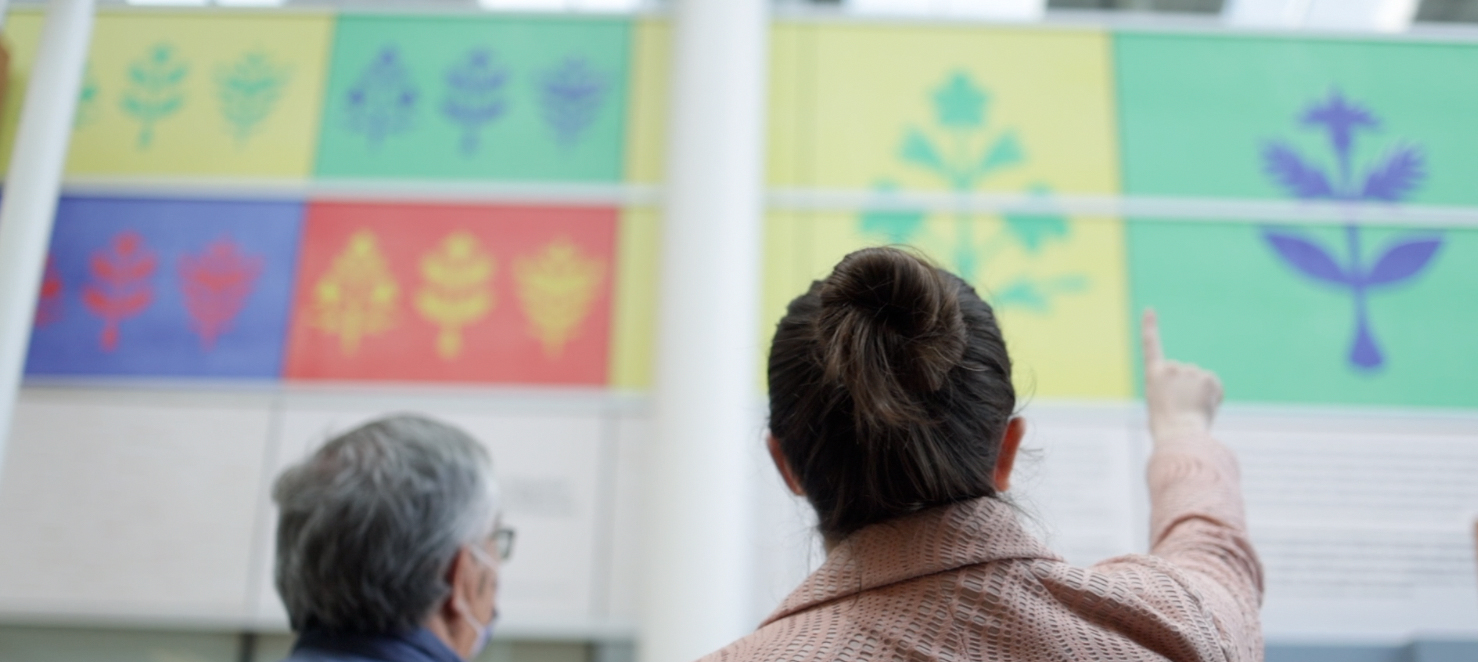
Visitors to The Ottawa Hospital are now greeted by a prominent land acknowledgement, which has been installed by the main entrances at each of our three main campuses. It is paired with artwork by Simon Brascoupé and his daughter, Mairi Brascoupé, both from Kitigan Zibi Anishinabeg.
The artwork depicts three medicinal plants that are still used today. The aesthetic is inspired by ancient Algonquin birchbark cut-outs which were used as templates for decorating birchbark baskets in vibrant colours that represent the four seasons.
The land acknowledgement installations are a visual reminder that The Ottawa Hospital is located on traditional and unceded Algonquin territory and of the traditional medicines the land provides. Acknowledging the land is part of The Ottawa Hospital’s work of reconciliation and to foster welcoming spaces for First Nation, Inuit and Métis patients and their families.
The same artwork was installed in 2021 at the site of the new campus. First Nation, Inuit and Metis partners are helping to guide the design and development of the new hospital through the work of the Indigenous Peoples Advisory Circle, including helping to identify opportunities for Indigenous Peoples to participate throughout the development of the project and into the future.
In this video, Simon and Mairi explain the meaning behind their artwork and the importance of acknowledging the offerings of the land and the integration of Algonquin medicines in helping create culturally safe spaces in health care.
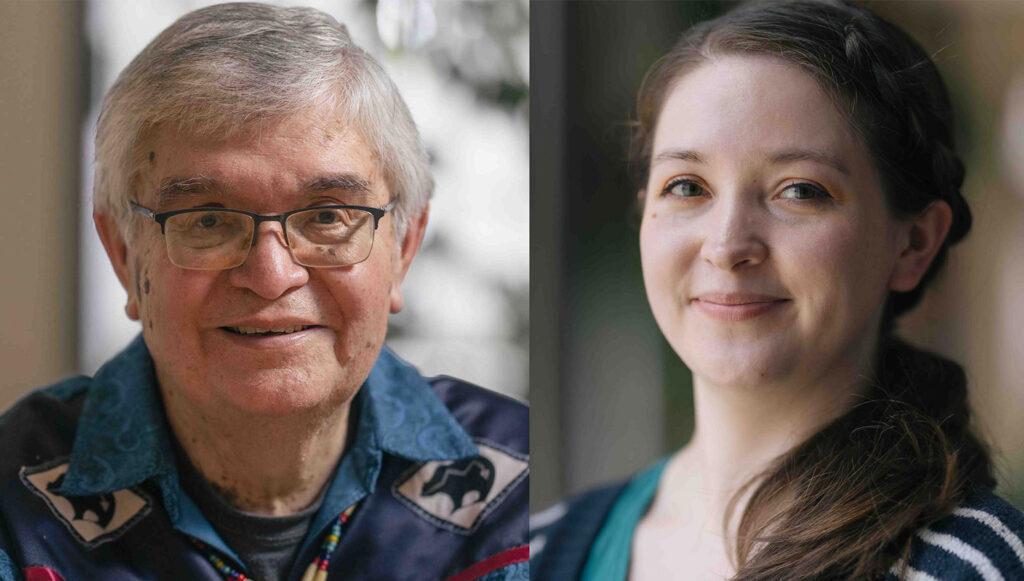
Simon, who also has artwork on display at The University of Ottawa Heart Institute, knows first-hand the power of incorporating Indigenous artwork into health-care spaces.
“I got a call one day from a First Nation person in Alberta,” Simon recalls. “He told me that he had had a heart attack when he was visiting Ottawa and was treated at the Heart Institute. He said that he saw my artwork there, and that he felt that it was part of his healing journey.”
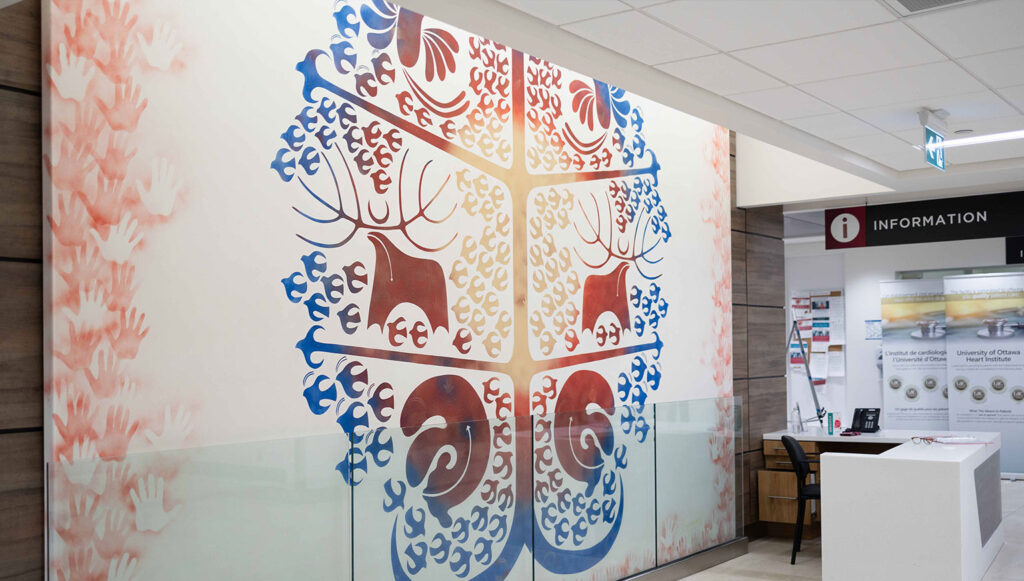
The Ottawa Hospital Land acknowledgement
The Ottawa Hospital acknowledges it is located upon the traditional and unceded territory of the Algonquin people and respects the traditional knowledge and healing developed over generations. We have the privilege and responsibility to serve First Nations, Métis and Inuit of many backgrounds and from many treaty and non-treaty lands and territories and to demonstrate respect for the contributions and cultures of Indigenous Peoples.

Support patient care and research at
The Ottawa Hospital
You might also like…
The place to be: The Ottawa Hospital recognized as one of Canada’s most admired corporate cultures
The Ottawa Hospital (TOH) has been named one of Canada’s most admired corporate cultures. Guided by compassion and commitment to patient care, TOH has developed a workplace culture that inspires confidence and trust in our employees, patients and family members.
Meet the team that brings CAOS every night
Don’t let the CAOS team’s name fool you. Find out how these nighthawks help make sure everything runs smoothly at our campuses and satellite sites after hours.
These nurses invite you to recycle their idea
At The Ottawa Hospital, we strive to lead in sustainable health care — something we can only achieve with the help of our frontline staff. Geriatric medicine nurses Caiti and Sabrina rallied their unit together to optimize recycling and divert waste from the landfill. Find out how they binned it to win it (And we can’t promise you that that’s the last recycling pun in this article!).
More than a shirt: Orange shirts support healing and community
Pamela Meness, owner of Diamond Phoenix Creations, the Kitigan Zibi-based supplier of The Ottawa Hospital’s Every Child Matters orange t-shirts, says her business is about healing and community.
“It’s about giving them hope and purpose”: Ottawa Inner City Health’s Block Leaders program marks one year serving the community
Seven days a week, Block Leaders head out into the ByWard Market to help fellow members of their community who are unhoused or use drugs. They provide support to people in distress, respond to overdoses and even clean their neighbourhood — all with the goal of creating a safer and healthier community for everyone.
Watch: Princess Margriet of the Netherlands sent us this lovely video message for the Civic’s 100th anniversary
If you’ve ever wondered why tulips are so important to our city, the answer involves a world war, a royal family and The Ottawa Hospital’s Civic Campus. In this special video message, Her Royal Highness Princess Margriet of the Netherlands shares why the tulip is a special symbol of the endearing friendship between her country and Canada.


 To reset, hold the Ctrl key, then press 0.
To reset, hold the Ctrl key, then press 0.
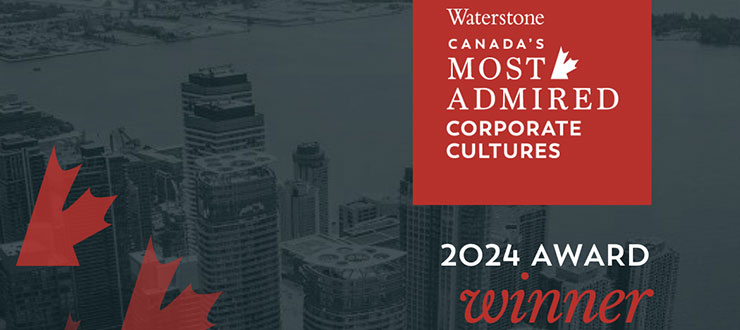
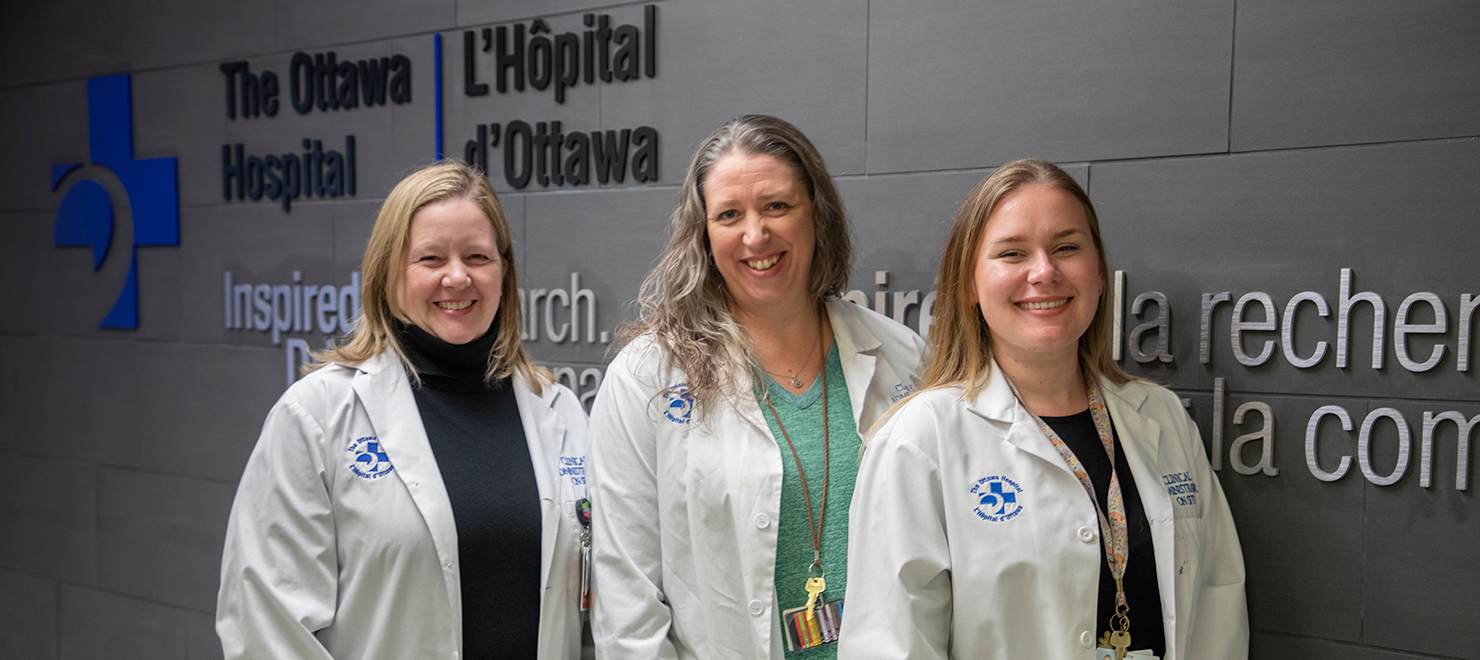

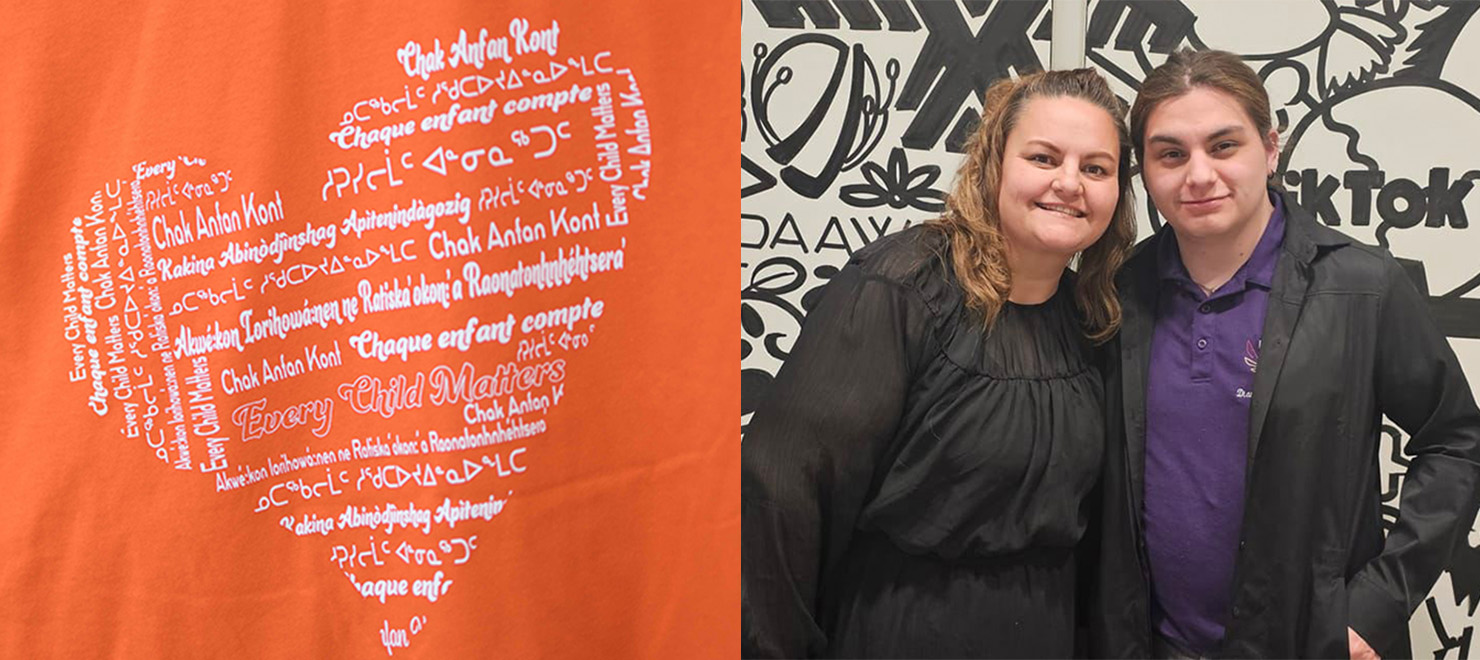
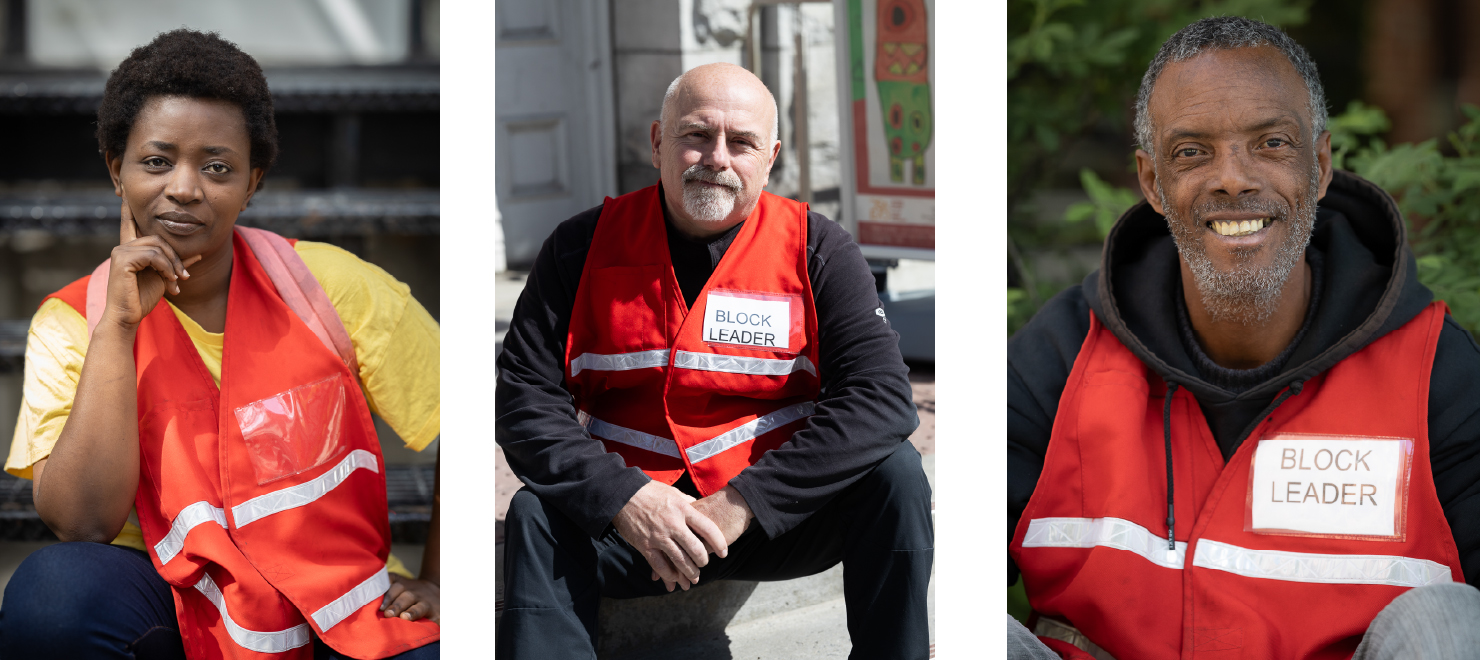
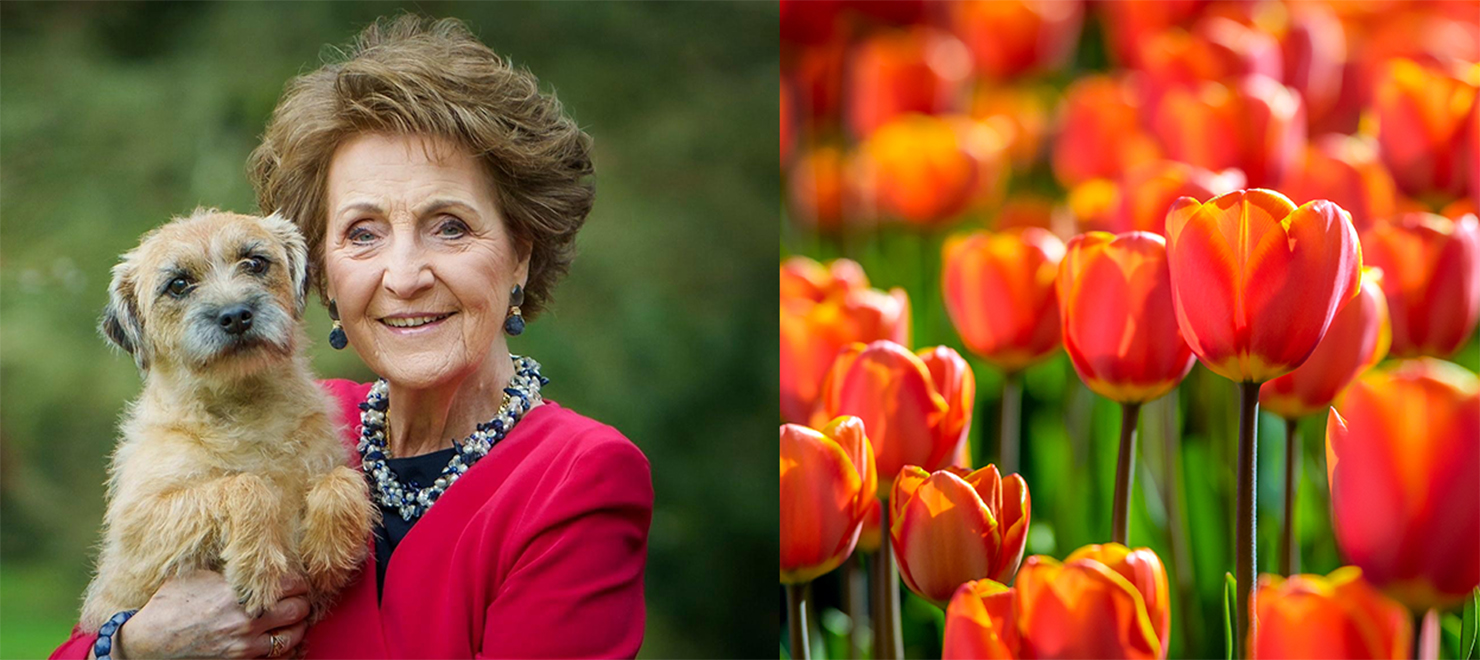
Comment on this post